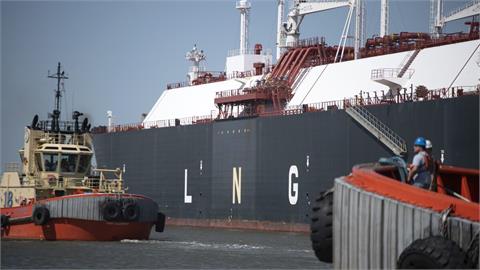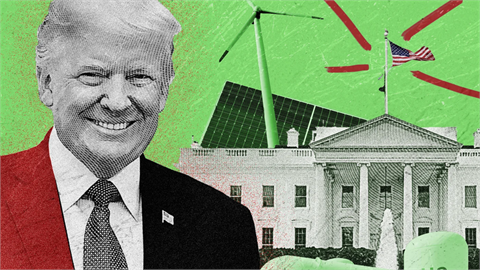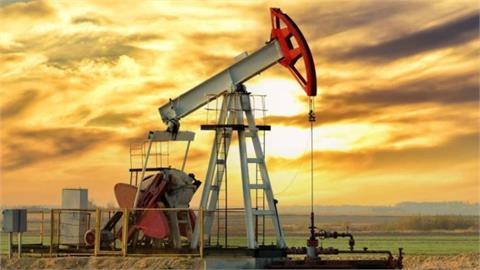Digital technologies are set to transform the global energy system in coming decades, making it more connected, reliable and sustainable. This will have a profound and lasting impact on both energy demand and supply, according to a new report by the International Energy Agency, Digitalization & Energy.
In this first comprehensive report on the interplay between digitalization and energy, the IEA analyses how digitalization is transforming energy systems. From the rise of connected devices at home, to automated industrial production processes and smart mobility, digital technologies are increasingly changing how, where and when energy is consumed.
More than 1 billion households and 11 billion smart appliances could participate in interconnected electricity systems by 2040, thanks to smart meters and connected devices. This would allow homes to alter when and how much they draw electricity from the grid. Demand-side responses - in building, industry and transport - could provide 185 GW of flexibility, and avoid USD 270 billion of investment in new electricity infrastructure.
With the help of smart thermostats, the IEA report finds that smart lighting and other digital tools, buildings could reduce their energy use by 10% by using real-time data to improve operational efficiency. Meanwhile, massive amounts of data, ubiquitous connectivity, and rapid progress in Artificial Intelligence and machine learning are enabling new applications and business models across the energy system, from autonomous cars and shared mobility to 3D printing and connected appliances.
The same transformation is taking place in how energy is produced - from smart oil fields to interconnected grids, and increasingly, renewable power. Digital technologies could help integrate higher shares of variable renewables into the grid by better matching energy demand to solar and wind supplies. Energy supply sectors also stand to gain from greater productivity and efficiency, as well as improved safety for workers.
"Digitalization is blurring the lines between supply and demand," said IEA Executive Director Dr Fatih Birol. "The electricity sector and smart grids are at the centre of this transformation, but ultimately all sectors across both energy supply and demand - households, transport and industry - will be affected."
In parallel with these opportunities, digitalization is raising new security and privacy risks, as well as disrupting markets, businesses and employment. While the growth of the "Internet of Things" could herald significant benefits in terms of energy efficiency to households and industries, it also increases the range of energy targets for cyber-attacks. Such attacks have had limited impact so far, but they are also becoming cheaper and easier to organize.
To help understand and deal with this fast-evolving landscape, the report concludes with 10 no-regret policy recommendations, as sound policy and market design will be critical in steering a digitally enhanced energy system along a more efficient, secure, accessible and sustainable path.
Explore the report at iea.org/digital.



